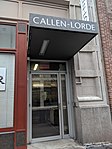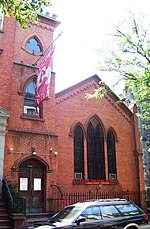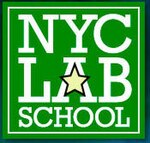Bayard Rustin Educational Complex
1930 establishments in New York CityChelsea, ManhattanPublic high schools in ManhattanPublic middle schools in Manhattan

The Bayard Rustin Educational Complex β also known as the Humanities Educational Complex β at West 18th Street between Eighth and Ninth Avenues in the Chelsea neighborhood of Manhattan, New York City, is a "vertical campus" of the New York City Department of Education which contains a number of small public schools, most of them high schools β grades 9 through 12 β along with one combined middle and high school β grades 6 through 12. The building formerly housed Bayard Rustin High School for the Humanities (M440), a comprehensive school which graduated its last class in the 2011-2012 school year.
Excerpt from the Wikipedia article Bayard Rustin Educational Complex (License: CC BY-SA 3.0, Authors, Images).Bayard Rustin Educational Complex
West 18th Street, New York Manhattan
Geographical coordinates (GPS) Address Nearby Places Show on map
Geographical coordinates (GPS)
| Latitude | Longitude |
|---|---|
| N 40.743333333333 Β° | E -74.0025 Β° |
Address
Hughes High School
West 18th Street 351
10011 New York, Manhattan
New York, United States
Open on Google Maps






